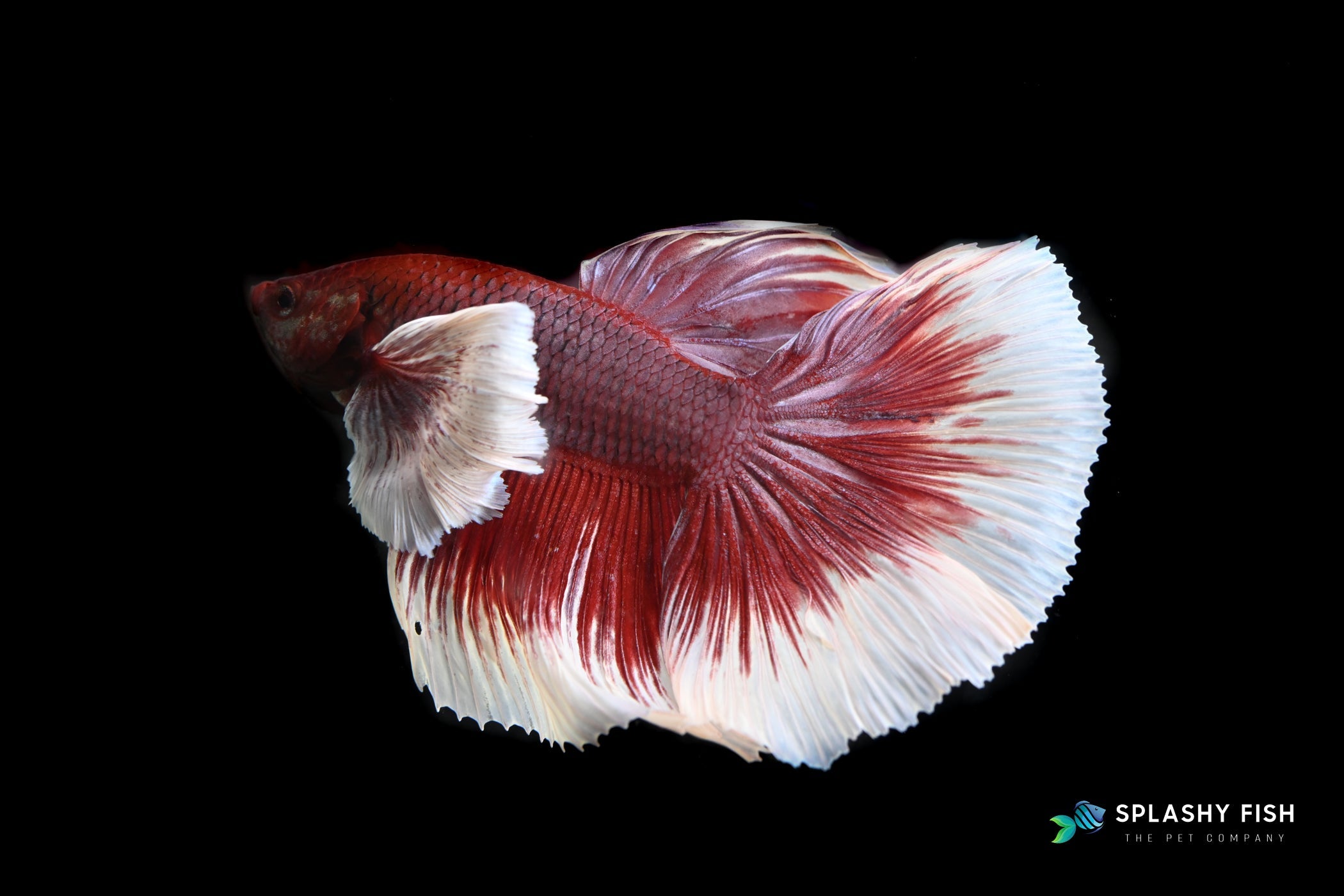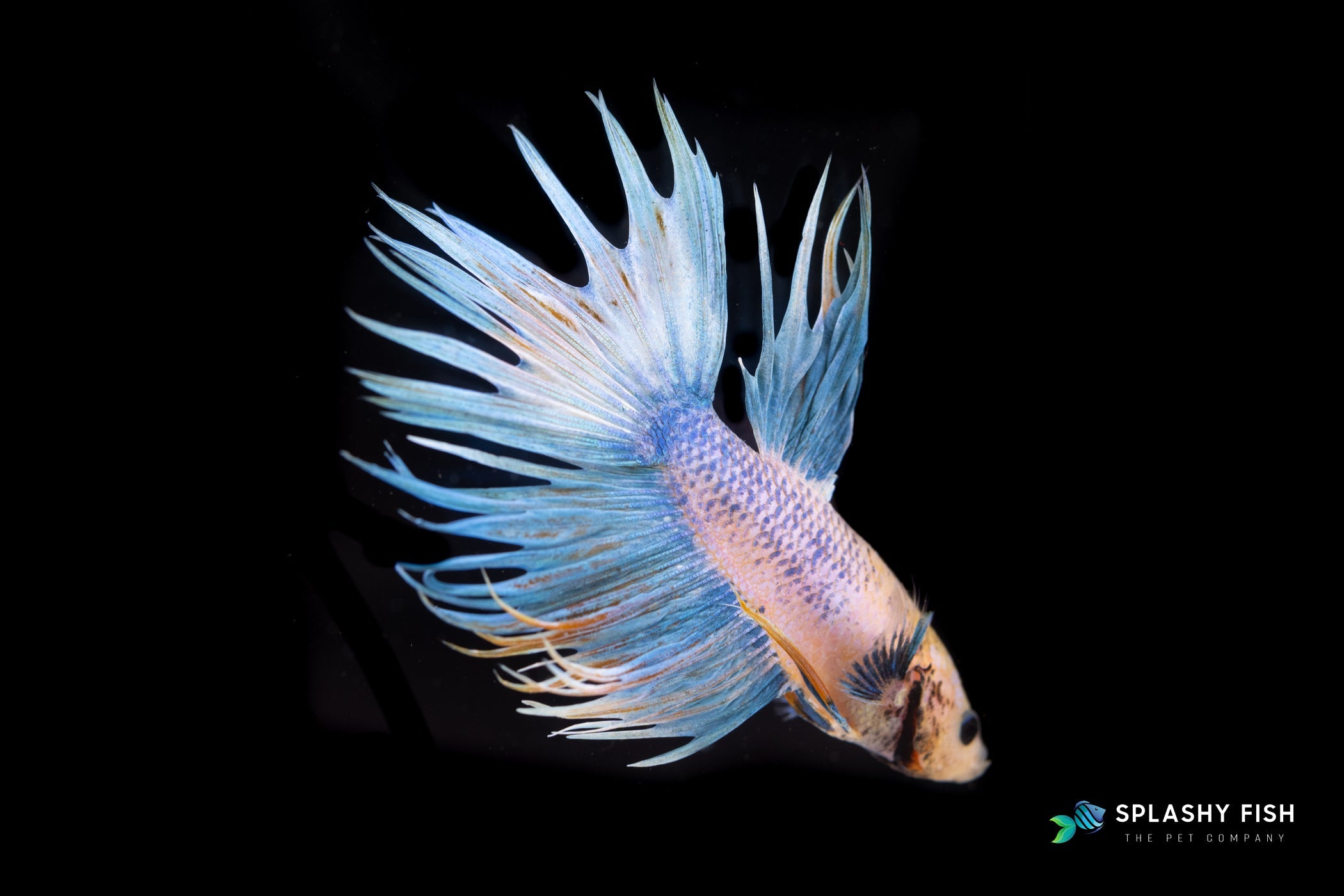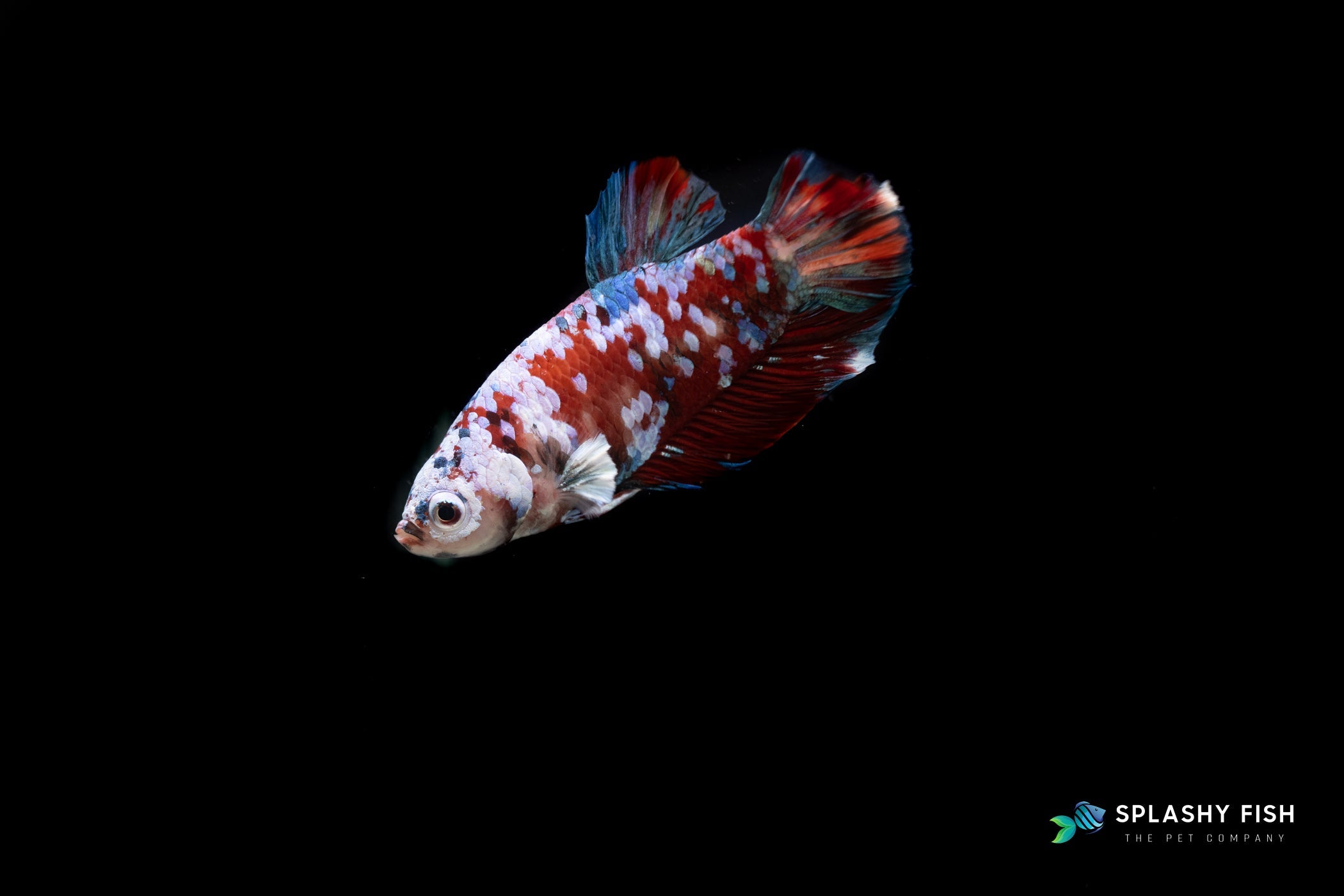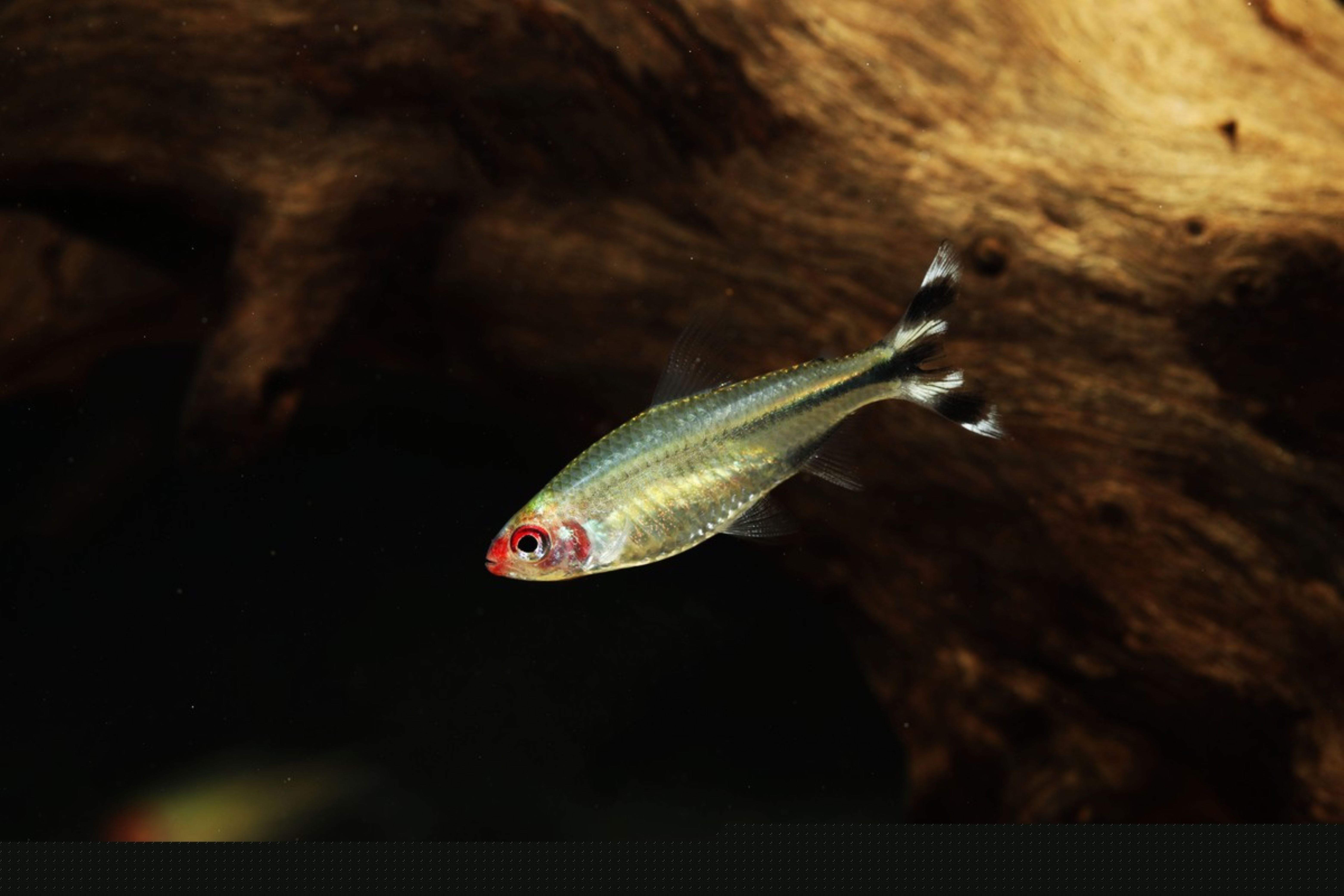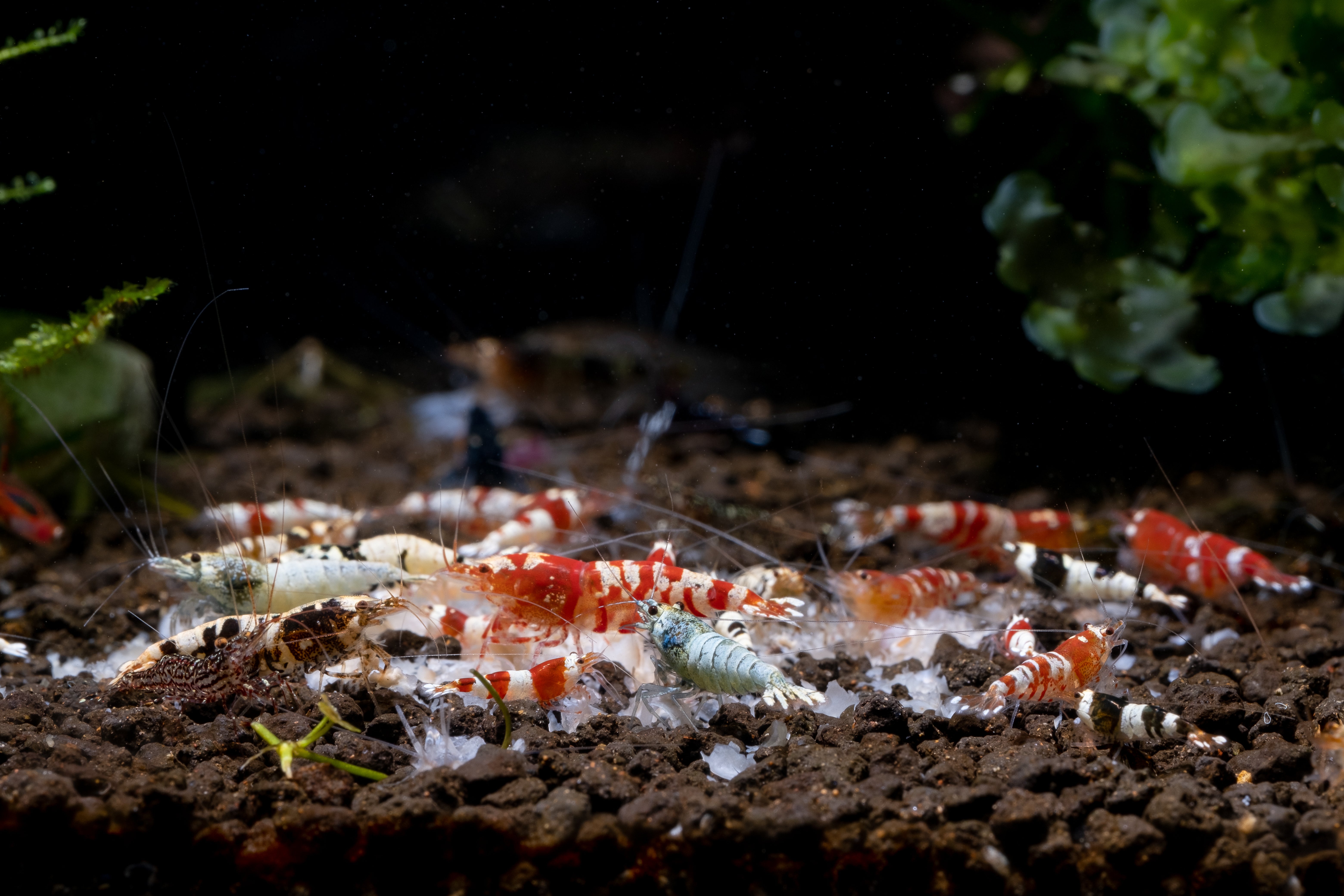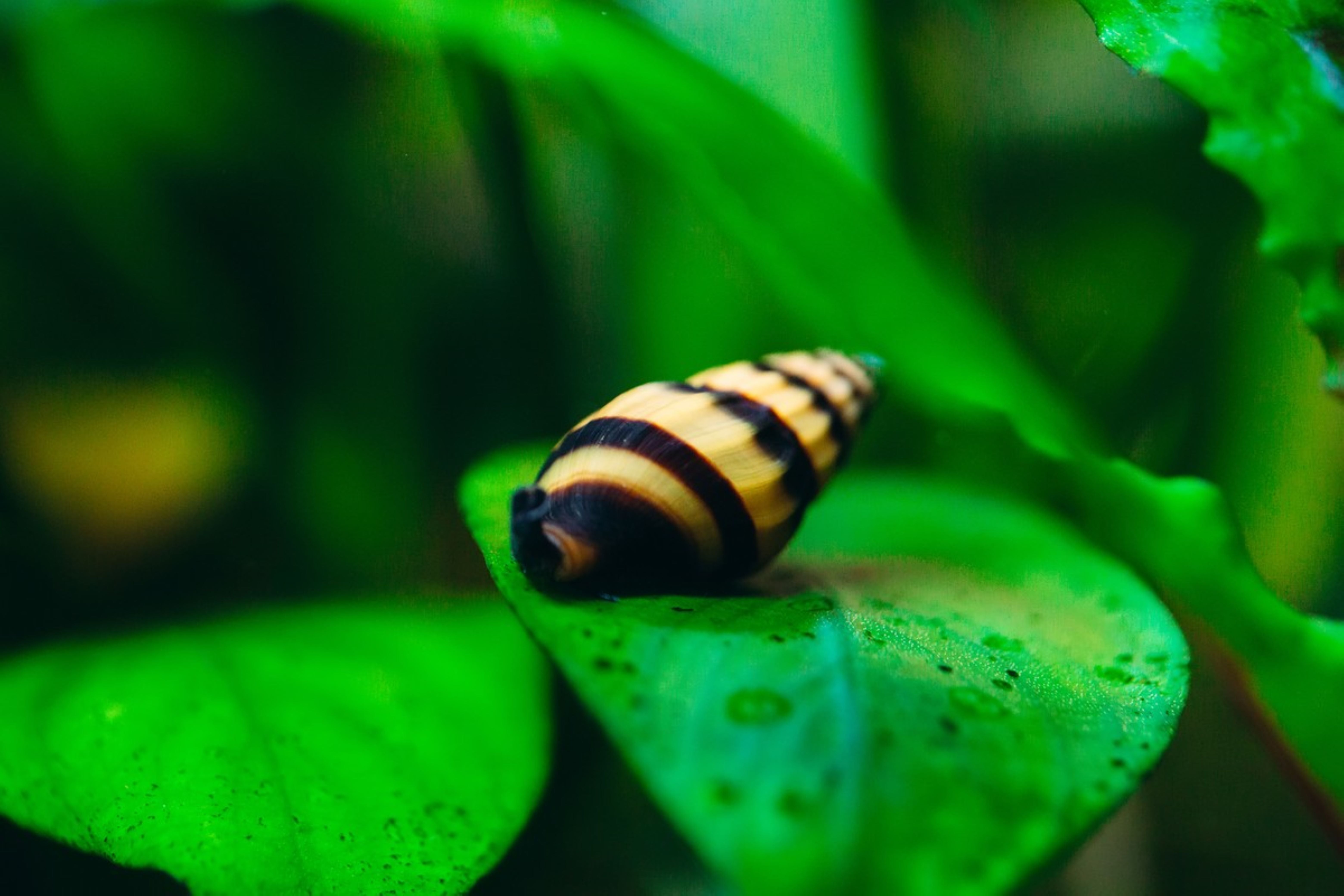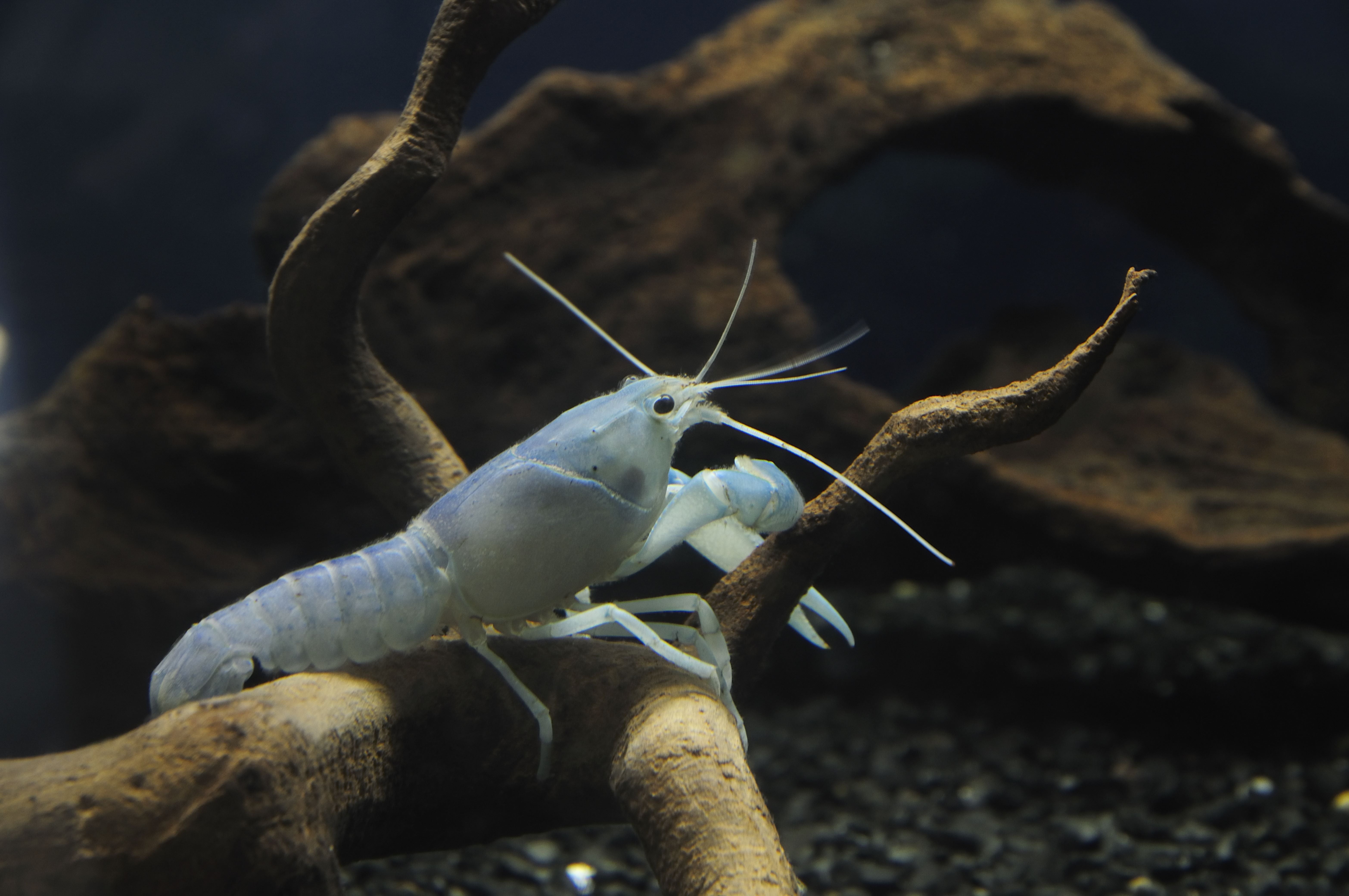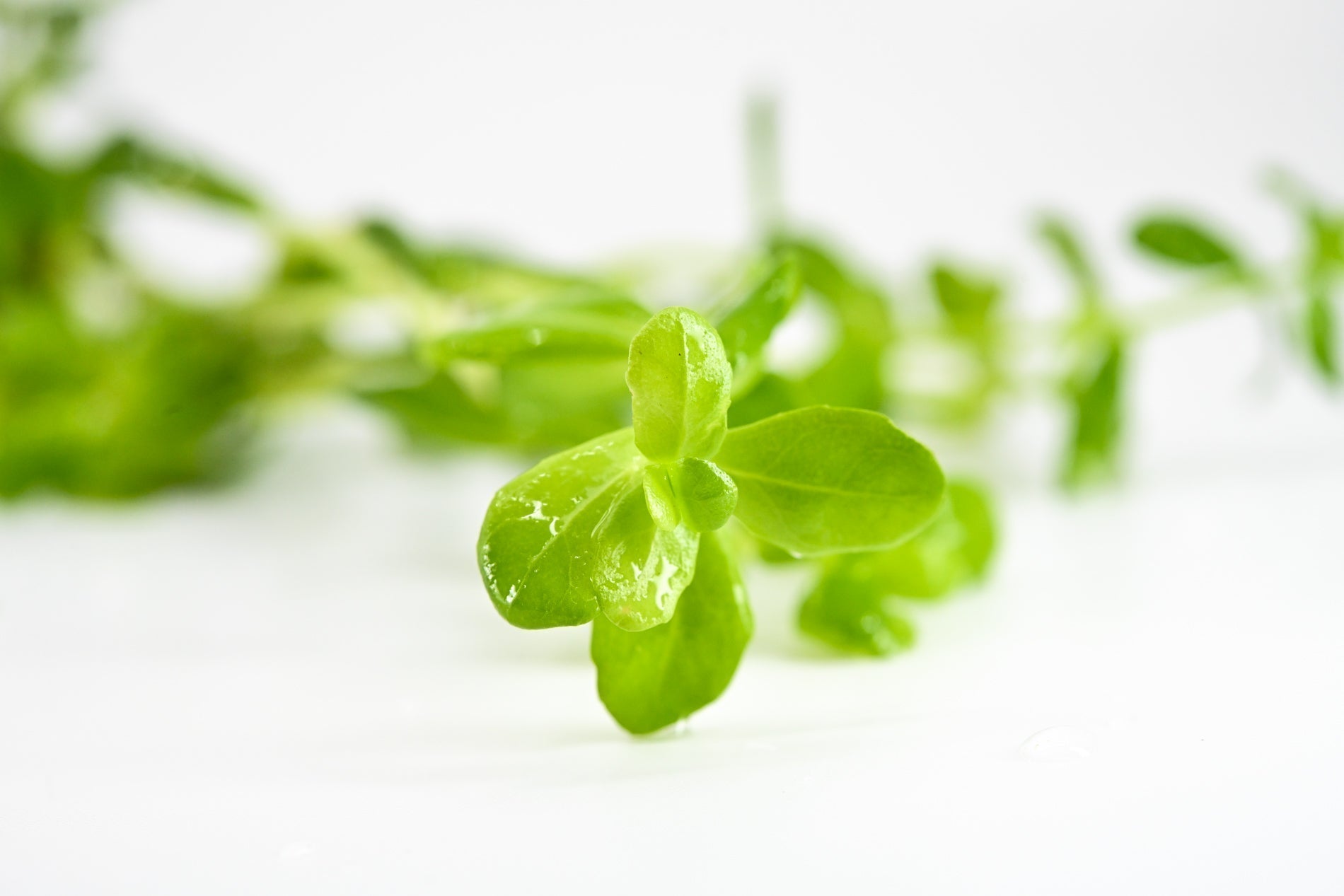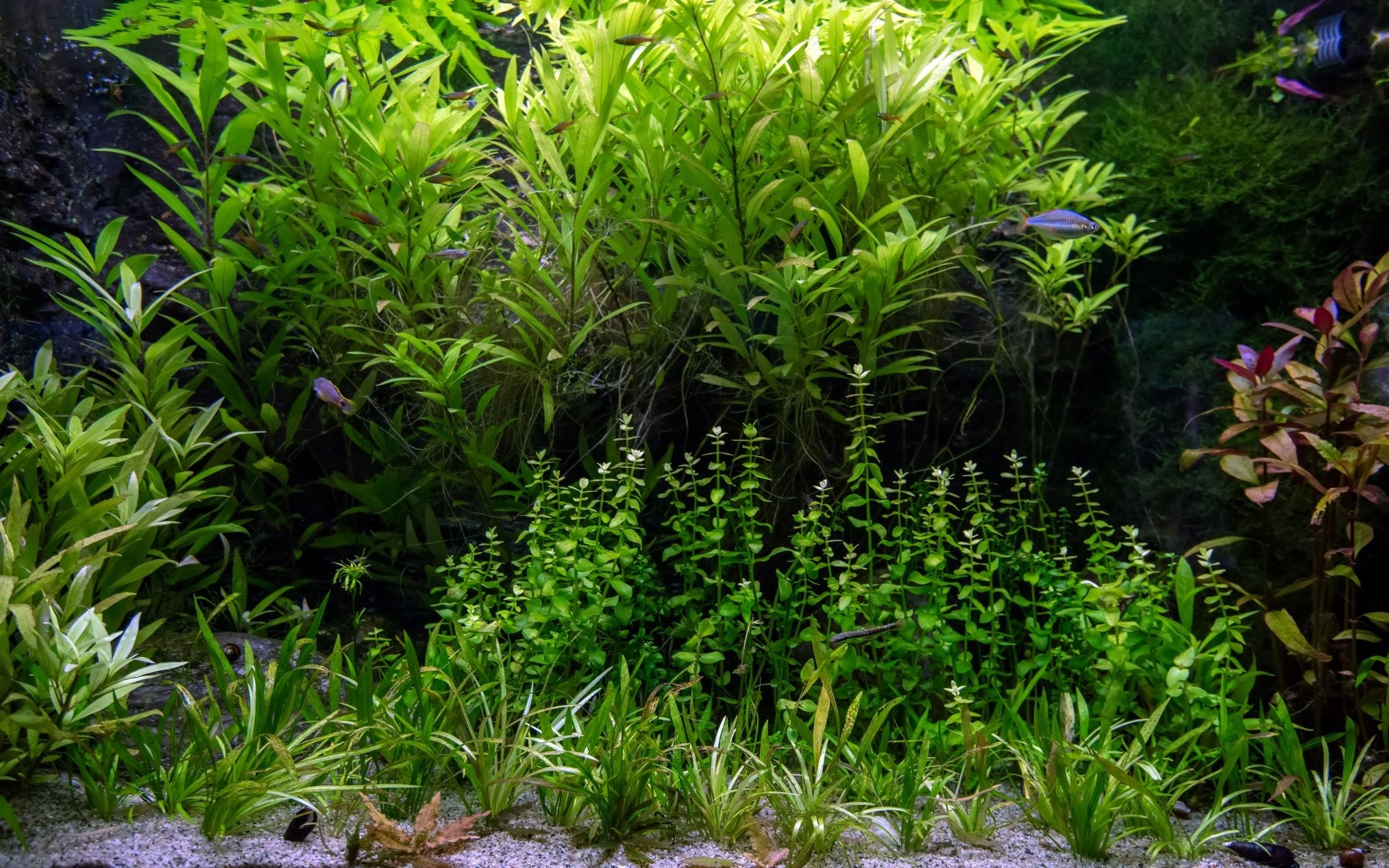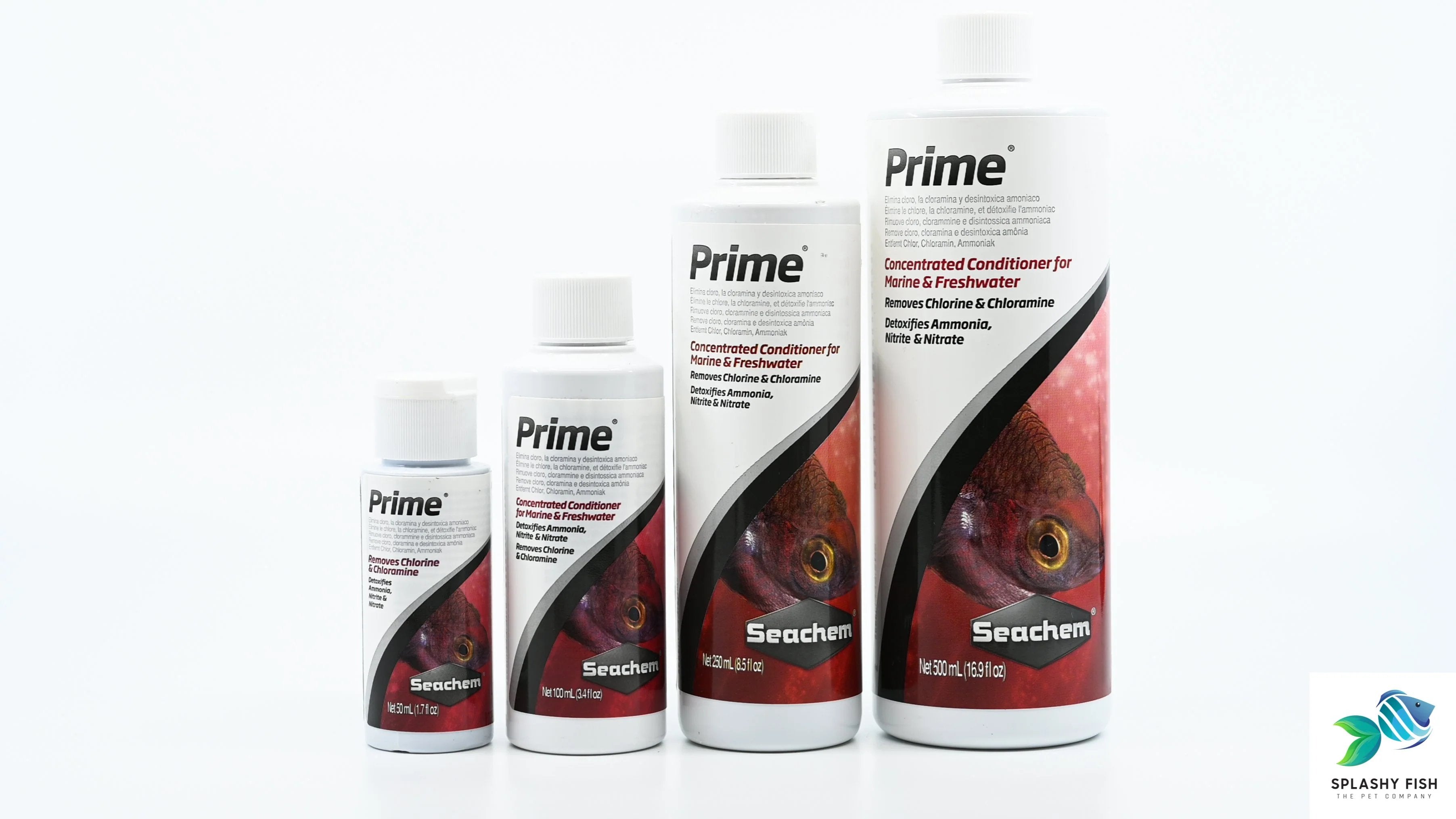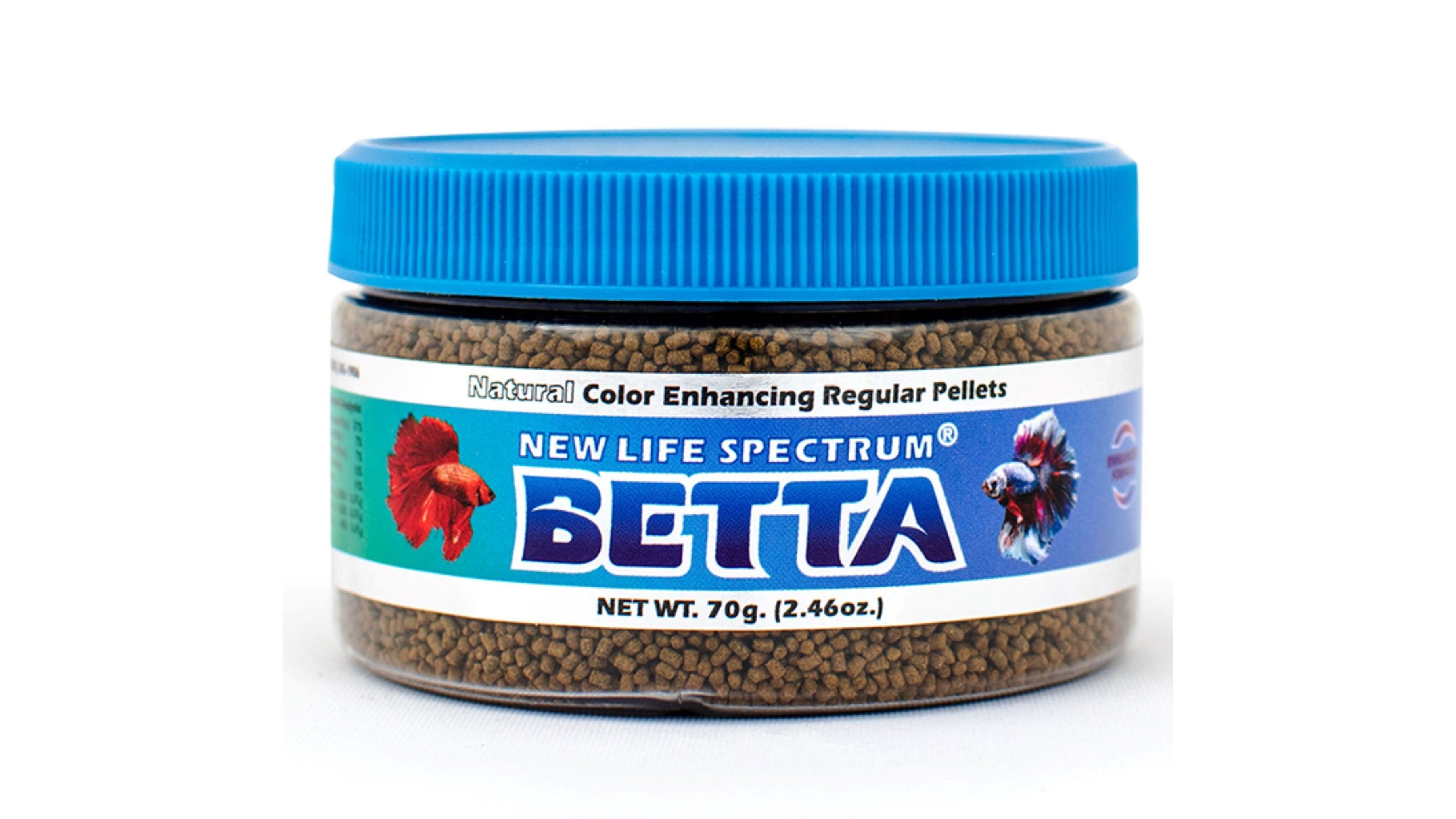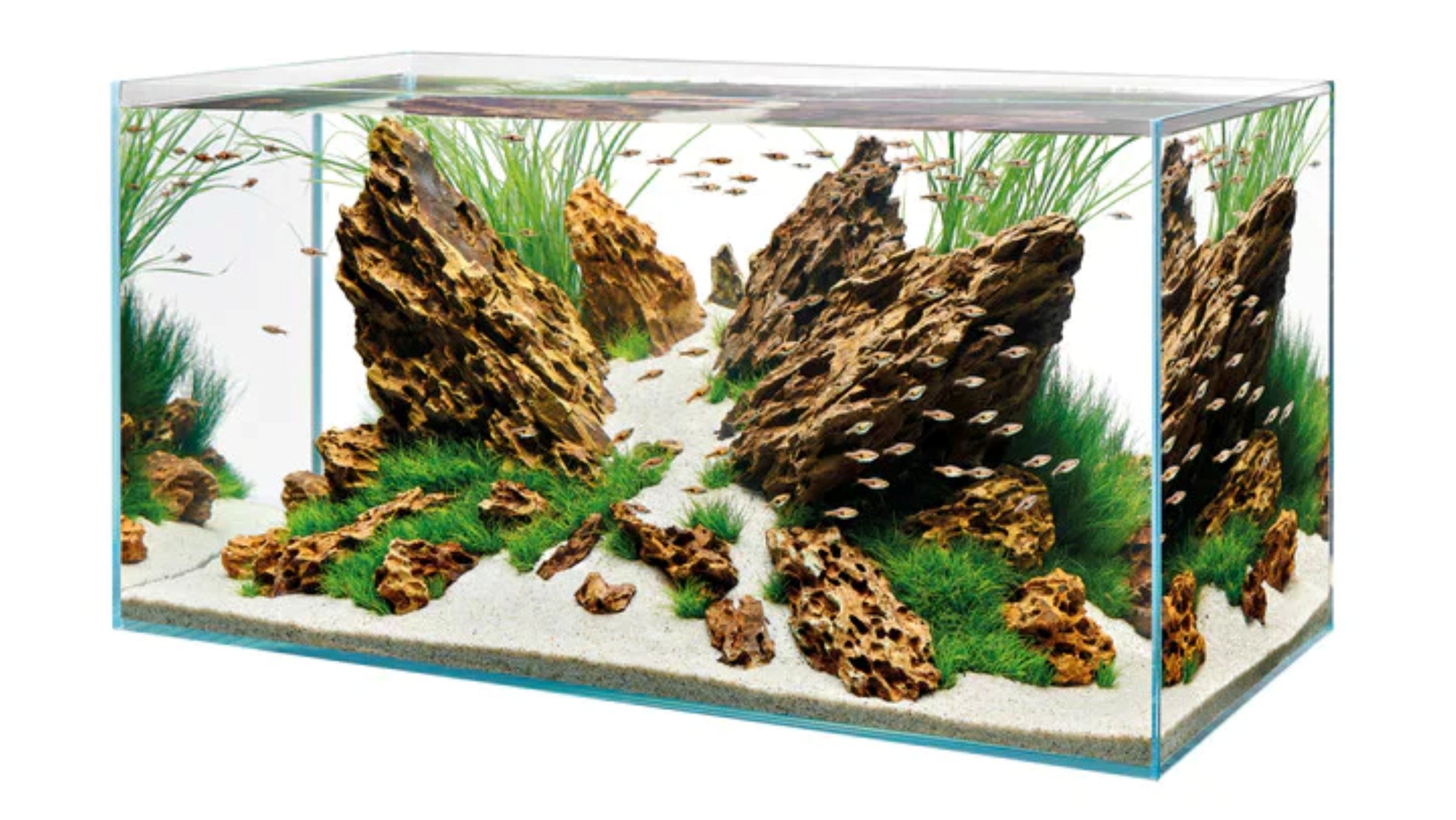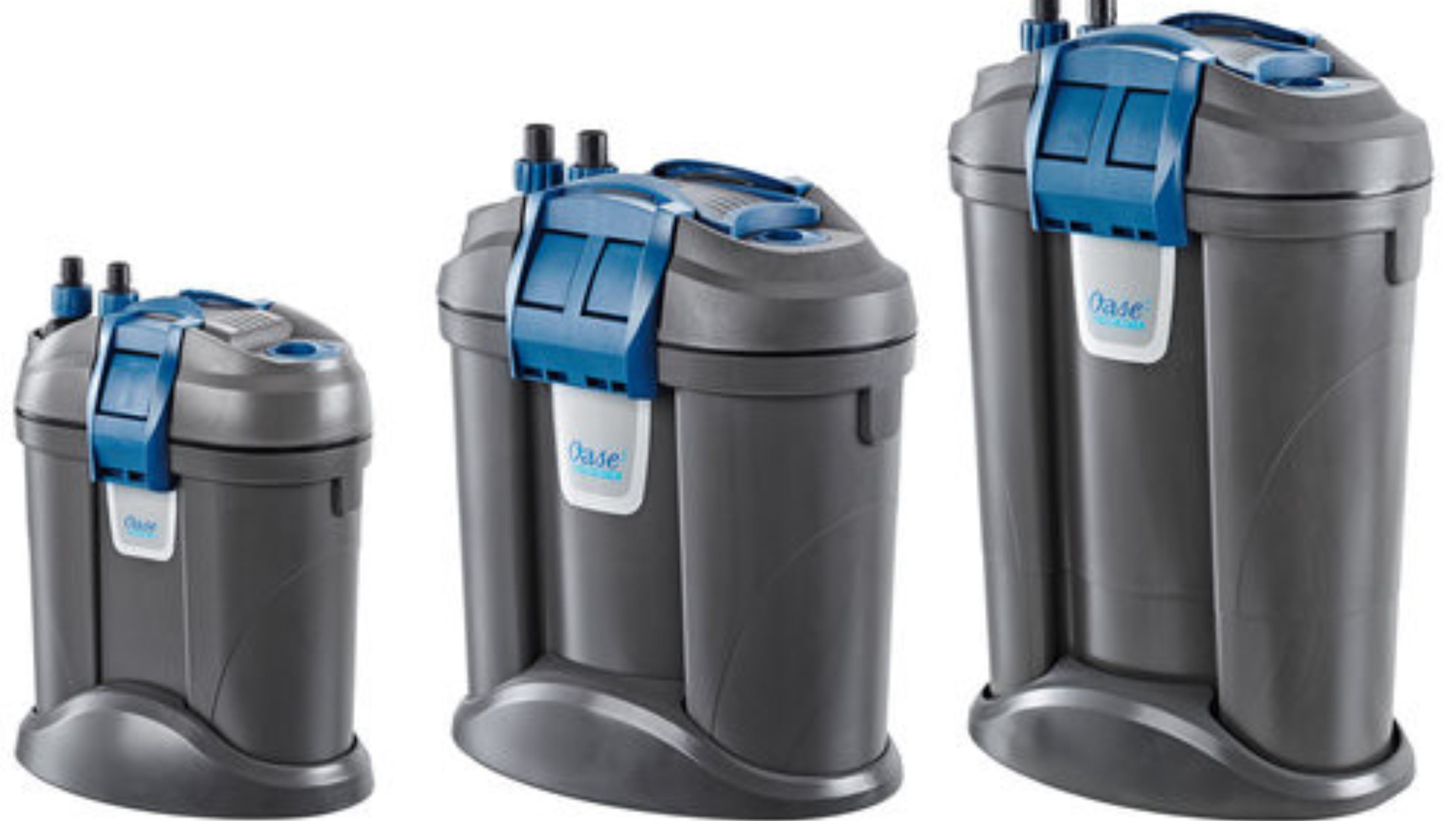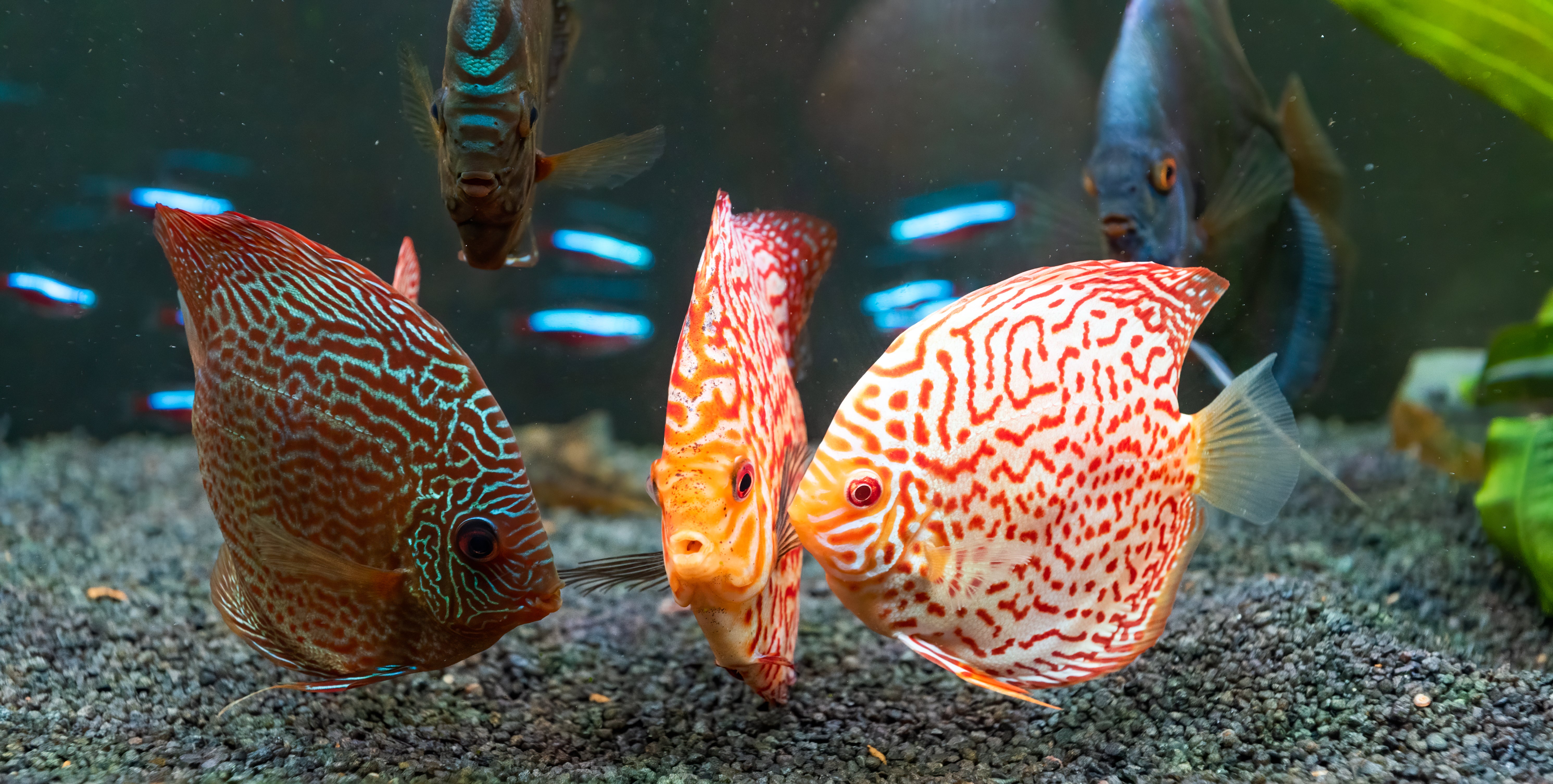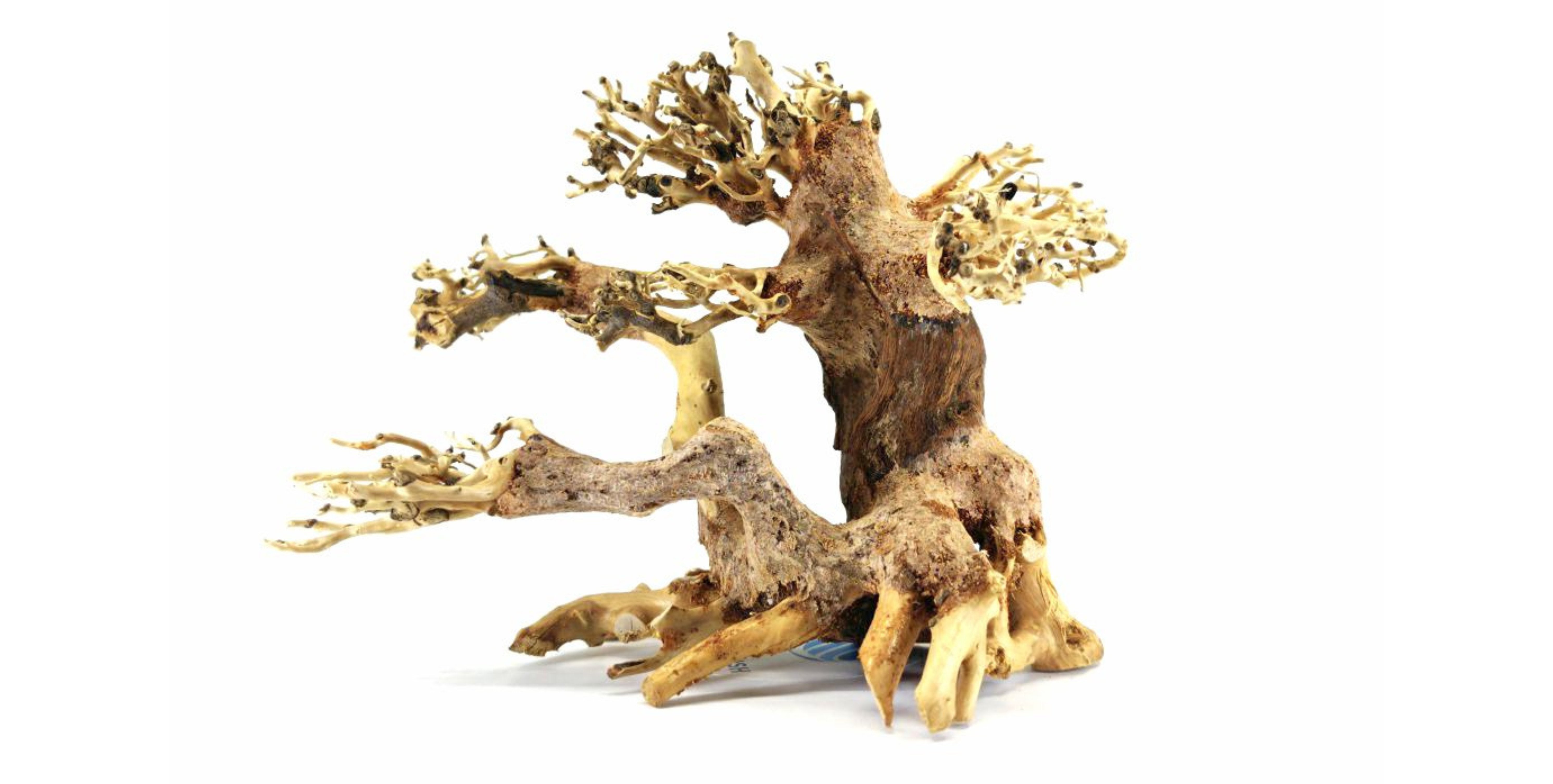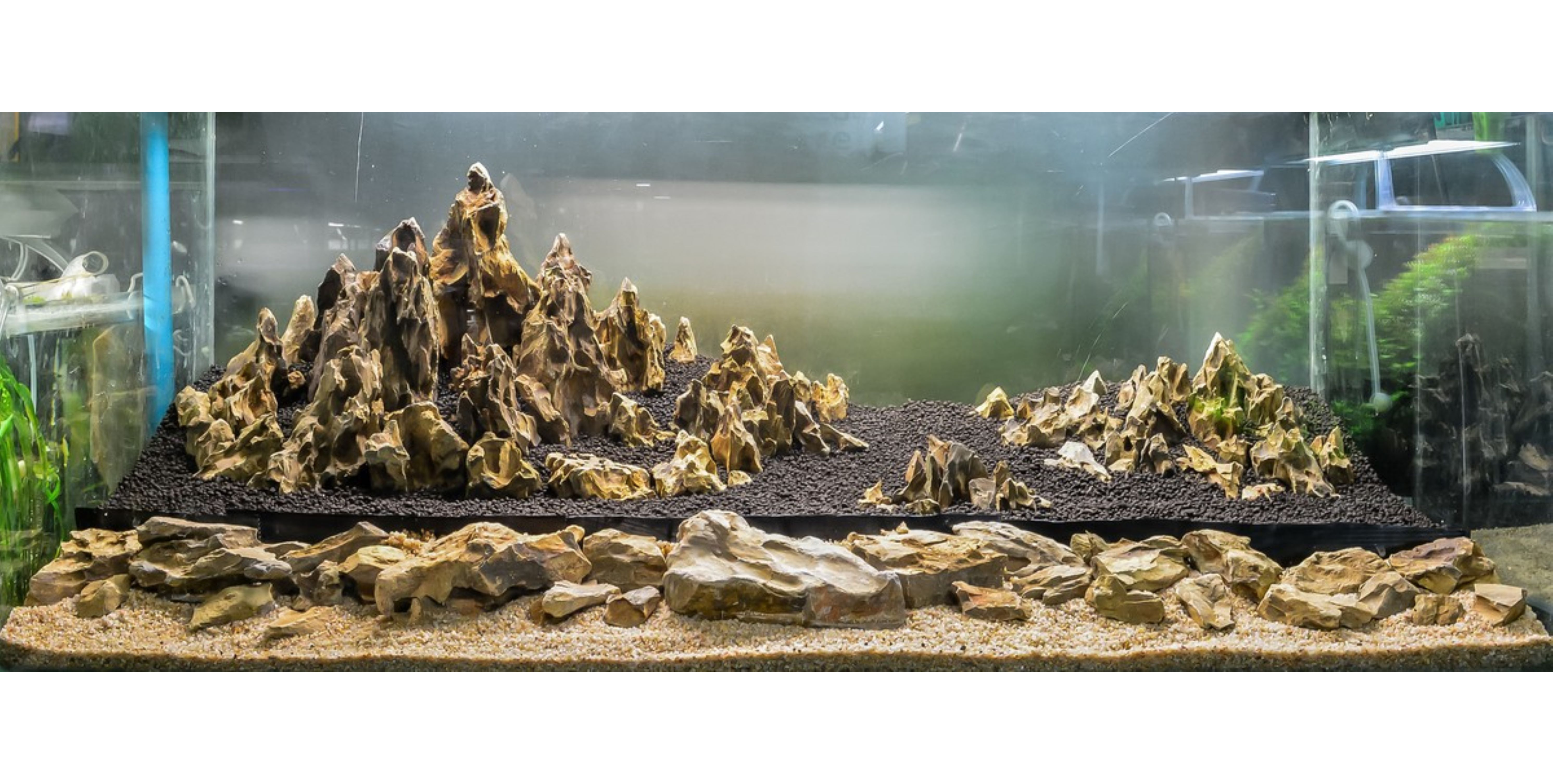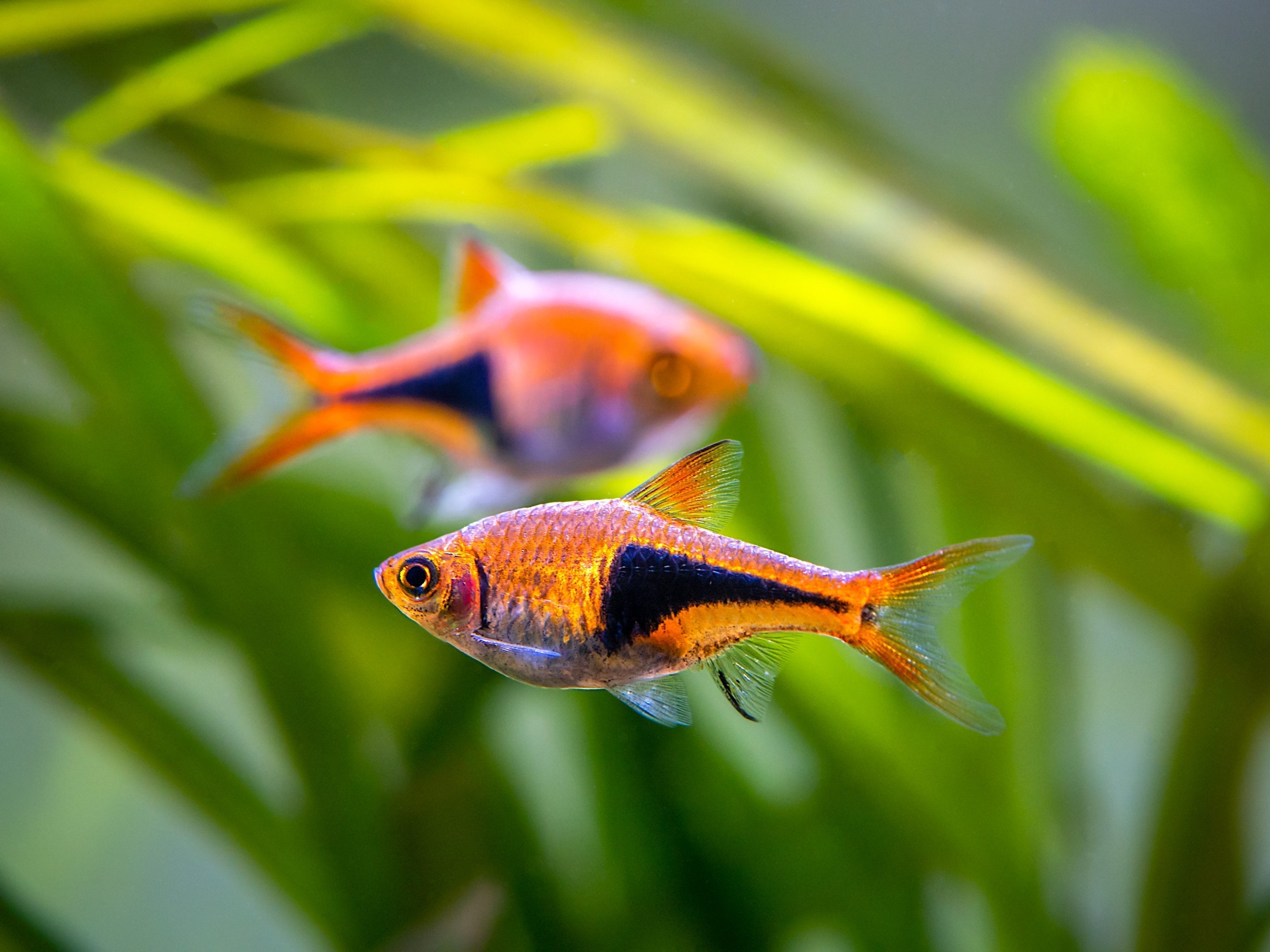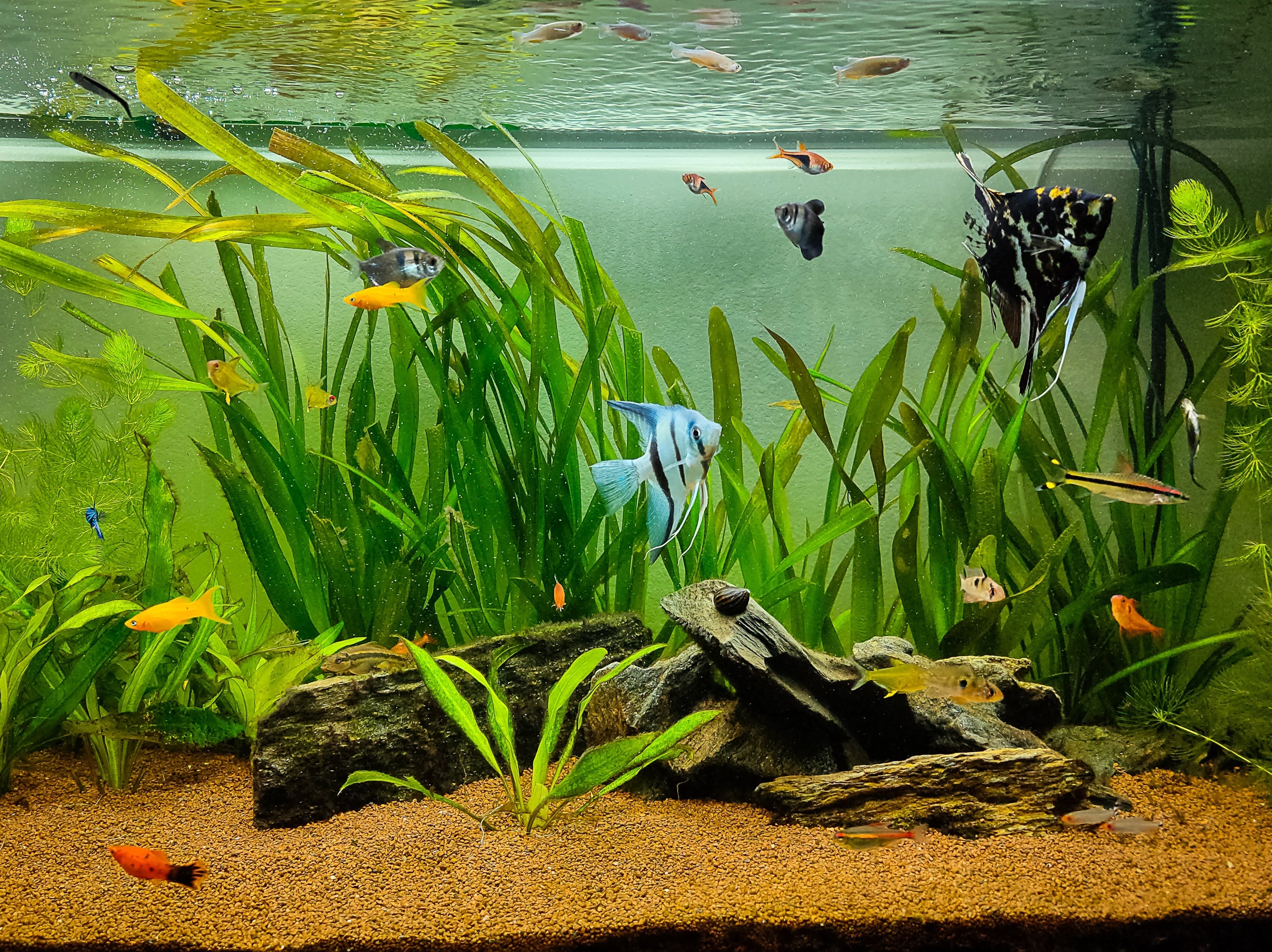Table of Contents
Few combinations delight aquascapers more than a lush bed of greenery punctuated by a shimmering school of nano fish. Among the most eye‑catching of these are the Harlequin Rasbora (Trigonostigma heteromorpha) and the Espei or Lamb‑Chop Rasbora (Trigonostigma espei). Both species share gentle manners, brilliant metallic tones, and a penchant for tight group swimming that turns a static tank into a living kaleidoscope. This guide explores their identification, husbandry, and breeding in narrative form while avoiding the staccato feel of bullet points.
A Tale of Two Wedges
At first glance, the two rasboras look almost identical, yet a closer inspection reveals subtle distinctions. Harlequin Rasbora display a rosy‑copper body washed with violet, while Espei Rasboras or Lambchop Rasbora lean toward a richer orange that intensifies near feeding time. Each species carries a dark wedge‑shaped mark on its flank, but the Harlequin’s blotch is broader and triangular, whereas the Espei’s resembles a slender axe or lamb chop. Adults remain petite, roughly five centimetres for T. heteromorpha and slightly under four centimetres for T. espei, making them ideal for tanks as small as sixty litres. Their size, combined with a peaceful nature, allows keepers to create populous communities without risking overcrowding.

Why They Flourish Among Plants?
The appeal of these Rasboras in a planted aquarium stems from more than simple coloration. Their metallic sheens create striking contrast against Java Fern, Anubias leaves, and rich aquasoils, yet they never nip or uproot the foliage that surrounds them. Dense stems and floating pads serve as shelter, allowing the freshwater fish to exhibit natural schooling patterns that would be impossible in a barren setup. Because they generally occupy the upper and middle water column, they leave space on the substrate for carpets of Monte Carlo or ground‑grazing Corydoras. In essence, they add kinetic colour without disrupting the botanical balance.
Crafting the Ideal Environment
A rectangular footprint at least 60cm in length gives a school the lateral room it needs to coordinate tight arcs and sudden bursts. Substrate choice hinges on plant selection: nutrient‑rich aquasoil fuels demanding stems, whereas fine gravel suffices when heavy root feeders are supplemented with tablets. Hardscape fashioned from spider wood and rounded river stones evokes the slow‑moving blackwaters of Southeast Asia, while a canopy of floating salvinia or water sprite dapples the light and boosts the fishes’ sense of security. Moderate filtration that turns the tank four to six times per hour keeps water clear without buffeting their delicate fins.
Water Chemistry and Temperature
Both species favour parameters that mirror their native peat swamps: warm, slightly acidic, and mineral‑light. A steady temperature of 24 to 26 degrees Celsius, a pH between 6.4 and 7.2, and a general hardness no higher than 10 degrees German are considered optimal. Hobbyists with hard tap water can blend a portion of reverse‑osmosis or rainwater to soften the mix, but abrupt shifts should be avoided; stability outranks precision. Gentle weekly water changes of 25% maintain low nitrate while preserving the all‑important biofilm that lines every surface.
Diet for Vivid Colour
In the wild, these Rasboras pick at micro‑crustaceans and insect larvae that drift in the current. Replicating that varied diet in captivity keeps their colours saturated and their bodies robust. A rotation of high‑quality micro flake, finely ground krill pellets, and live baby brine shrimp introduced twice daily provides complete nutrition without excess waste. Occasional servings of daphnia stimulate natural hunting responses, while the carotenoids found in spirulina help intensify the copper and orange hues along their flanks. Observing feeding behaviour also acts as an early health check; a fish that refuses food may be the first sign of environmental trouble.

Compatible Tank Mates
Harlequin and Espei rasboras coexist peacefully with almost any fish that shares their gentle disposition and modest size. Tetras such as Neon Tetra, Ember Tetra, or Cardinal Tetras make natural companions, as do smaller Gouramis and even many Bettas once territorial instincts settle. On the benthic level, Pygmy Corydoras sift happily among plant roots, and Amano Shrimp patrol leaves for algae without disturbing the mid‑water ballet overhead. Larger or more boisterous fish, such as Tiger barbs or Serpae Tetras, should be avoided, as they may out‑compete rasboras for food or nip their fins during displays.
School Dynamics and Behaviour
Rasboras thrive on safety in numbers. When kept in groups of eight or more, they adopt a confidence that softens their otherwise skittish nature and encourages brighter colours. The school forms a cohesive unit that pivots at the slightest change in light or current, creating an ever‑shifting ribbon of metallic flashes. If isolated in pairs or trios, they often fade, tuck into corners, and succumb to stress‑related ailments, so always budget tank space for a proper shoal. Interestingly, Harlequins and Espeis will mingle when few in number, yet given the choice, they prefer the company of their own species, forming parallel micro‑schools within the same aquarium.
Breeding for the Patient Hobbyist
Spawning these Rasboras rewards aquarists willing to replicate rainy‑season conditions. Prospective parents are conditioned for a fortnight on live foods before being transferred to a dimly lit ten‑gallon spawning tank furnished with broad‑leafed plants or synthetic mops suspended beneath the surface. Temperature is nudged to 27 degrees, and pH is eased down toward 6.0 using botanicals or peat filtration. At dusk, the male courts the female with flashing colours and tight circles. When receptive, she flips beneath a leaf, the pair adopting an inverted posture as eggs and milt are simultaneously released. Adults may consume spawn, so they are removed promptly. Eggs hatch within 36 hours, and the fry are free‑swimming by day four, seeking out infusoria and later microworms. Meticulous water quality and gradual upgrades in food particle size are the keys to raising large broods.
Common Ailments and Prevention
Although hardy once settled, Rasboras can fall victim to white‑spot disease when temperatures dip or after stressful shipping. Maintaining a consistent heater setting and quarantining all new additions greatly diminish outbreaks. Fin erosion or ragged tails usually signal bacterial infection spurred by high organic load; counter with increased water changes and a broad‑spectrum antibiotic if caught early. Colour loss or listless hovering often traces back to insufficient school size or bullying tank mates, conditions easily rectified by adding more rasboras or rehoming the aggressor.
Going Deeper: Blackwater Biotope Immersion
Setting Up
Re‑creating a Southeast Asian blackwater stream elevates Rasbora husbandry from simple fish‑keeping to immersive ecosystem design. Start by layering a thin bed of Indian almond leaves, bamboo leaves, or catappa bark over the substrate. Within days, the botanicals leach tannins that tint the water a warm tea colour and release humic acids believed to boost Rasbora's immune systems. The muted light that passes through this amber veil intensifies their copper and orange pigmentation, while the scattering effect softens hard shadows, allowing the fish to school more confidently in the open spaces of the aquarium.
Filteration
Filtration in a blackwater setup focuses on biological stability rather than mechanical polish. A large canister filter packed with bio‑media and flow restricted through lily pipes or spray bars provides gentle circulation without stripping tannins. Because botanicals continuously break down, weekly siphoning of surface mulm prevents organics from smothering delicate moss fronds. Replace half the botanical litter every four to six weeks to maintain consistent tint and pH, aiming for a conductivity below one hundred micro‑siemens to mimic the mineral‑poor conditions of peat swamps.
Lighting
Lighting should emulate the forest canopy that overhangs natural Rasbora habitats. A full‑spectrum LED dimmed to 50% creates a tranquil dusk ambience, while a one‑hour burst at full intensity during midday stimulates photosynthesis in shade‑tolerant plants such as Cryptocoryne and Bolbitis. The interplay between golden water, dappled light, and gently waving botanicals frames the Rasboras in a setting so authentic that their breeding behaviour often accelerates, confirming that the environmental puzzle pieces have locked into place.
The Last Word
Harlequin and Lamb‑Chop Rasboras combine beauty, sociability, and forgiving care requirements in a small, affordable package. When showcased against a backdrop of swaying plants, their coppery bodies and jet‑black wedges create an arresting visual focal point that never grows old. Provide warm, soft water, offer varied microscopic fare, and above all keep them in generous numbers. Do so, and the quiet ballet they perform each day will become the heartbeat of your planted aquarium, captivating guests and rewarding the aquarist with scenes straight from a Southeast Asian stream.



